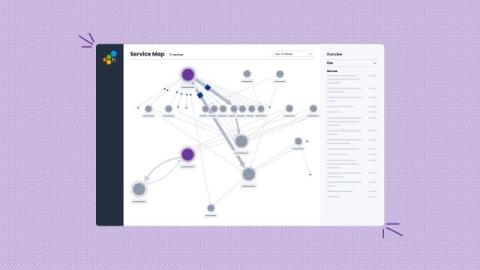Outages, privacy, and cybersecurity worries: Insights from our K12 technology survey
Ever wondered what keeps K12 IT professionals up at night? Outages, technology changes, and device management are just the beginning. Our survey reveals the real struggles of K-12 IT staff. With responses from 51 experts, we dive into their biggest concerns and emerging trends. Discover what keeps them busy and how they’re adapting in a rapidly evolving tech landscape.











